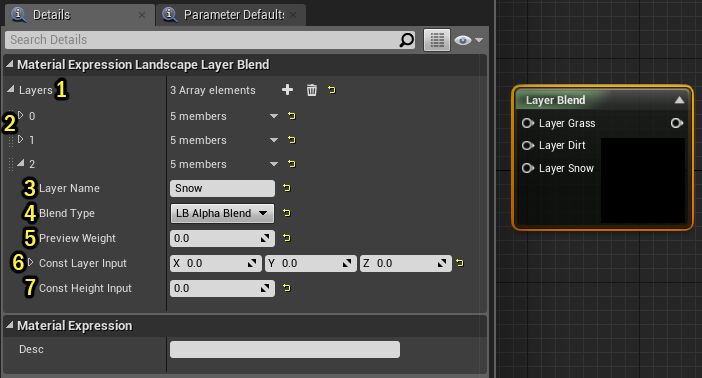
- #Use layer as uv element 3d v2.2 how to
- #Use layer as uv element 3d v2.2 update
- #Use layer as uv element 3d v2.2 tv
#Use layer as uv element 3d v2.2 how to
To learn how to import 3D objects from Maya into Element 3D V2, check out the video above. By doing this, with a new feature of Element 3D V2, you can also create animation on each individual piece by using Auxiliary or AUX Channels. You can then assign new materials to each part of the 3D model in Element 3D. This way, Element 3D will read the different materials as markers for different parts of the object. Blender provides twenty layers whose visibility can be toggled with the small unlabeled buttons in the header (see 3D View layer buttons).To select a single layer, click the appropriate button with LMB to select more than one, use Shift-LMB doing this on an already active layer will deselect it. If you want to have different materials on different parts of the object, you'll have to do some additional set-up work in Maya to assign different materials to different parts of the object. Great if you just want to slap one material on an object and move a 3D After Effects camera around it, but not great if you want assign different materials to different parts of the 3D object, or want to animate individual parts separately. Simple enough, right? That'll only bring the Maya object into Element 3D as one big object with the same texture. To do this, you first need to export the Maya scene as an OBJ model. This reduction saves you time spent configuring and managing layers.If you are working with Element 3D V2 in After Effects for your 3D workflow, you might want to bring in a 3D object built in Maya. Country borders or road layers that may have previously required six layers can now be styled with just two. For example, you can use dash styling to represent a closed road and keep the information in the same layer as your traffic information. With the new release, the line-dasharray and line-cap properties may now take advantage of data-driven styling. Data-Driven Styling of line-dasharray and line-cap
#Use layer as uv element 3d v2.2 update
Markers, popups and other DOM-based map elements can see their update performance improved by a factor of 5-10x. By using a DOM rendering queue, this release reduces potential reflow by consolidating the updates and applying them once per frame. Per-frame batching of heavy DOM operationsĪpplications dealing with a lot of DOM operations may have performance issues.

To avoid this, cancel and sign in to YouTube on your computer. Multiple 3D formats (OBJ, FBX, C4D, 3ds Max, Vray.) All Video Copilot model packs have been designed to work with numerous 3D programs from a single product.
Over 100 High Definition 3D Models Day and Night Textures Included. Re-generate overrides when relationships between data-blocks have changed in the library. The Video Copilot City Bundle includes Element 3D v2 and the Metropolitan Pack. blend file, on the right the linked model with transform overrides applied.
#Use layer as uv element 3d v2.2 tv
Videos you watch may be added to the TVs watch history and influence TV recommendations. The library override system really shines in Blender 2.91. From there you can manipulate them using a unique particle array system that can distribute 3D objects into any shape Video Copilot Element 3D V2.2 also supports your UV texture coordinates so importing and rebuilding your textures is easier than ever. This can be particularly impactful in driving situations where the viewer is close to the ground and the camera is pitched at high angles to match the driver's perspective. If playback doesnt begin shortly, try restarting your device. Video Copilot Element 3D V2.2 allows you to import 3D objects created in Cinema 4D and OBJ into Adobe After Effects. At high zoom and highly pitched views, we optimized for memory and speed by reducing the number of DEM tile requests by ~35%. We improved the tile cover when terrain is enabled. This optimization can save up to 200MB of memory on client applications and is available without any change for developers after upgrading. We reduced the GPU memory footprint of terrain by using a shared renderbuffer across all visible tiles of the map viewport.

Performance Reduced GPU memory footprint with terrain Click and drag to select part or all of the UV map. To make basic manipulations of the UV map we use the same hotkeys as we do in the 3D viewport for transformations and selections are done in the same way. See the API Reference for complete documentation or get started by checking out the example. To see all or part of the UV Map the faces in question needs to be selected in edit mode in the 3D viewport.


 0 kommentar(er)
0 kommentar(er)
